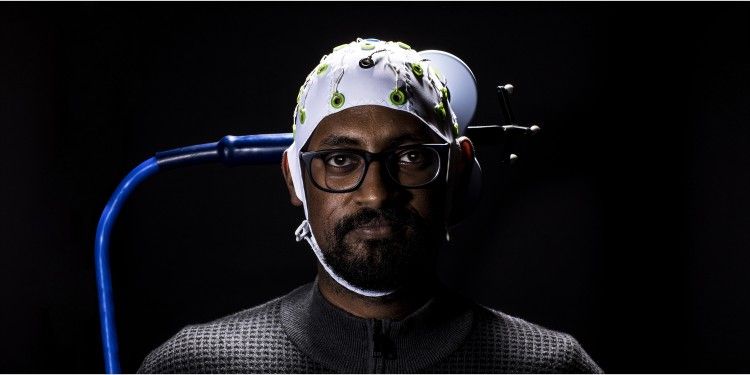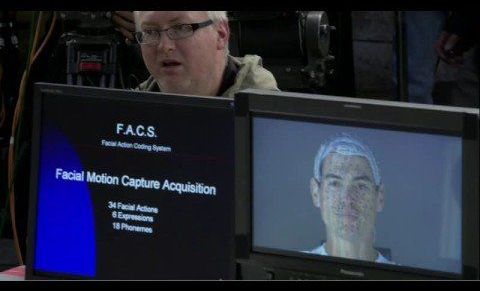Recently, we have started to hear the concept of artificial intelligence as often as we have never met. This technology, which is no longer a fantastic science fiction element but is included in our lives, is ranked first among the technology trends that will shape the years to come.
Artificial intelligence, which can be explained by the fact that computers can make use of human thinking, reasoning, perception, comprehension, judgment and inference abilities, is the understanding of information about the environment of a machine in practice.
In this way, an artificial intelligence system optimizes the acquired data and becomes usable in daily life. We can say that many studies have been done about artificial intelligence from past to present, some of them being shelved and some of them pioneering today’s technology.








